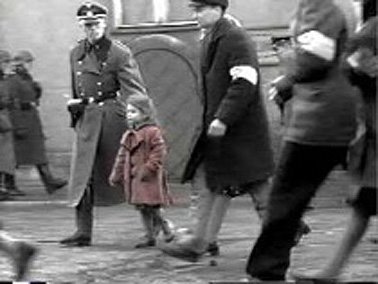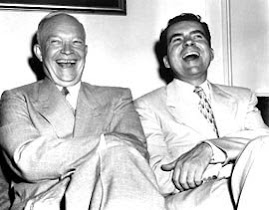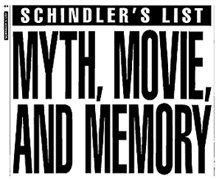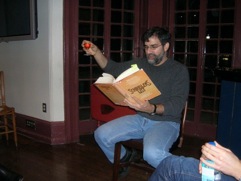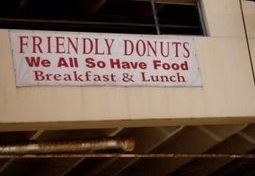 If it's true, as Bob Cobbing put it in 1969, that "Sound poetry dances, tastes, has shape," then those of us who have been teaching poetry-as-printed (poetry on the page, unsounded poetry, what have you...) would presumably have to add at least these three dimensions to the realms of approach in the classroom. Which is perhaps too elaborate a way of saying that to have been prepared to teach words on a page, no matter how complex, is not to be prepared to help present a language as a kind of dance, as something to be tasted, as something that has a physical shape.
If it's true, as Bob Cobbing put it in 1969, that "Sound poetry dances, tastes, has shape," then those of us who have been teaching poetry-as-printed (poetry on the page, unsounded poetry, what have you...) would presumably have to add at least these three dimensions to the realms of approach in the classroom. Which is perhaps too elaborate a way of saying that to have been prepared to teach words on a page, no matter how complex, is not to be prepared to help present a language as a kind of dance, as something to be tasted, as something that has a physical shape.Cobbing again: "Leonardo da Vinci asked the poet to give him something he might see and touch and not just something he could hear. Sound poetry seems a to me to be achieving this aim."* Same problem here, I'd suggest. See and even hear we can do, with work. But touch? That's difficult. (And although seeing a printed poem - really seeing it as a thing, in William Carlos Williams's sense ("Poems aren't beautiful statements. They're things!") - is something we think we do in a close reading when often it is not what we're really doing.)
All this strikes me as relatively easy to talk about - I mean presenting the problem does not require hard work at the writing of it - but really doing it seems quite daunting.
* www.ubu.com/papers/cobbing.html









